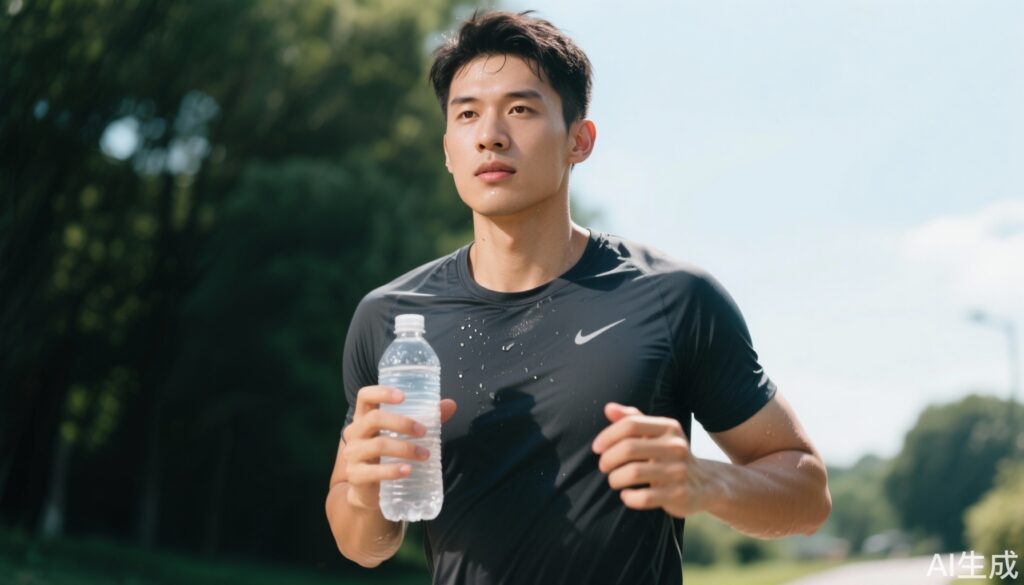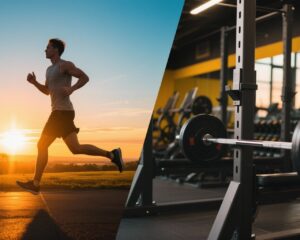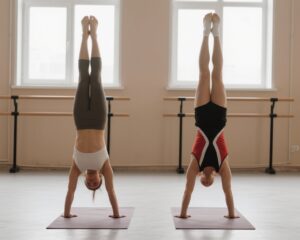Introduction
Exercise is a cornerstone of health and fitness, promoting cardiovascular function, muscular strength, and mental well-being. However, exercising—especially in warm environments or during intense sessions—naturally raises the body’s core temperature as muscles generate heat through energy conversion. While this heat production is necessary for movement and metabolic function, it presents challenges for maintaining comfort and safety during workouts. The body employs physiological cooling mechanisms such as sweating and increased skin blood flow to dissipate heat. Yet, when the environment or exertion overwhelms these processes, risks like heat exhaustion emerge, impairing performance and threatening health. Understanding how to stay fresh and cool during exercise is essential for both casual fitness enthusiasts and professional athletes to maximize effectiveness and safety.
What Happens to Your Body Temperature During Exercise?
When you exercise, your muscles use energy to contract and sustain movement. This metabolic activity generates heat as a byproduct, raising your core body temperature. Normal resting body temperature hovers around 37°C (98.6°F), but during exercise, the core temperature can rise to approximately 38.3°C to 40°C (101°F to 104°F). To prevent overheating, your body activates cooling strategies:
– Sweating: The production of sweat allows evaporative cooling as the moisture on the skin surface evaporates, reducing heat.
– Vasodilation: Blood vessels near the skin widen to increase blood flow, enabling heat to dissipate from internal tissues to the environment more efficiently.
Despite these adaptations, exercising in high temperatures, humid conditions, or prolonged intense workouts can challenge these natural cooling mechanisms, potentially leading to heat exhaustion. According to a Johns Hopkins medical overview, during heat exhaustion, the heart may struggle to pump sufficient blood efficiently because of fluid loss and vascular changes. Symptoms such as weakness, dizziness, and even collapse can occur, undermining your ability to continue exercising safely.
Common Misconceptions and Harmful Behaviors
Many people underestimate the dangers of overheating or rely on outdated practices such as wearing heavy cotton garments or ignoring hydration cues. Here are some harmful habits and misconceptions:
– Wearing cotton during workouts: Cotton is highly absorbent and retains sweat, which keeps moisture close to the skin, causing discomfort, chafing, and poor heat dissipation.
– Ignoring hydration: Skipping water intake or relying solely on thirst can lead to dehydration, impairing the body’s ability to cool down and maintain cardiovascular function.
– Improper breathing: Holding breath or shallow chest breathing during exertion reduces oxygen flow and impedes temperature regulation.
Recognizing and adjusting these behaviors can significantly improve your workout experience and safety.
Correct Practices for Staying Fresh and Cool
Scientific evidence and expert recommendations support several practical strategies to help your body cope effectively with rising temperature during exercise. Below are key areas to focus on:
| Practice | Why It Helps | Examples |
|---|---|---|
| Choose Moisture-Wicking Activewear | Moisture-wicking fabrics pull sweat away from the skin to the garment surface, where it evaporates quickly, keeping you dry and comfortable. | Wear shirts and shorts made from nylon, polyester, or blends designed for athletic wear; choose well-ventilated shoes with breathable mesh. |
| Hydrate Regularly | Replenishing fluids and electrolytes lost through sweat prevents dehydration and maintains cardiovascular and thermoregulatory function. | Carry a water bottle; consider electrolyte-enhanced drinks during long or intense workouts; use a facial spritz for cooling and hydration, especially for dry skin types. |
| Utilize Proper Breathing Techniques | Diaphragm breathing optimizes oxygen exchange, promotes better endurance, and assists temperature regulation. | Practice inhaling deeply through the abdomen rather than shallow chest breaths; build a rhythm matched to your workout pace. |
| Modify Workout Timing and Environment | Avoid peak heat hours to reduce environmental heat stress. | Exercise outdoors in the early morning or late evening; use cooling strategies such as shaded areas, fans, or indoor facilities during heatwaves. |
| Use Cooling Accessories | Additional skin cooling helps support the body’s natural evaporative processes. | Carry a splash bottle or mist sprayer; apply cooling towels; wear caps or visors with sweat-wicking bands. |
Expert Insights
Fitness trainers and medical experts emphasize the cumulative impact of small adjustments in clothing, hydration, and breathing practices to enhance workout safety and efficiency. Dr. Emily Harper, a sports medicine specialist, notes, “Employing breathable activewear and mindful hydration are simple yet effective ways to improve thermoregulation and prolong safe exercise duration.” GQ’s fitness editor highlights diaphragm breathing as an often overlooked tool that “supports not only oxygen delivery but also core stability, which protects spines during strenuous activity.” The Johns Hopkins Medical Institution underlines recognizing early signs of heat exhaustion and responding promptly to prevent serious complications.
Patient Scenario: Meet John, the Weekend Warrior
John, a 35-year-old software engineer, started doing street workouts after long workdays to improve his fitness. Initially, he wore ordinary cotton T-shirts and did not pay attention to hydration, often skipping water breaks. After several sessions, John experienced dizziness and fatigue during workouts, forcing him to stop.
Upon consulting a fitness coach and physician, John learned about the importance of moisture-wicking activewear, scheduled hydration reminders, and focused breathing strategies. Implementing these changes improved his comfort and endurance dramatically, enabling him to maintain a consistent and enjoyable exercise routine without overheating.
Conclusion
Maintaining a fresh and cool state during workouts is vital for optimizing performance, preventing heat-related illnesses, and sustaining long-term fitness. By understanding the physiology of heat generation and dissipation, adopting moisture-wicking clothing, practicing effective breathing, and staying properly hydrated, exercisers can enhance their experiences while safeguarding health. Awareness and proactive strategies are key to thriving in workout environments prone to heat stress. Future research continues to explore innovative materials and personalized hydration strategies to further empower athletes and fitness enthusiasts alike.
References
– Samsudin, A., et al. (2021). Thermoregulation during exercise: A review of physiological mechanisms and practical strategies. Journal of Sports Science & Medicine, 20(4), 561-570.
– Johns Hopkins Medicine. Heat Exhaustion. https://www.hopkinsmedicine.org/health/conditions-and-diseases/heat-exhaustion
– McGee, K. (2020). Breathing techniques to boost workout performance. GQ Fitness Guide.
– PrettyMe. Guide to Setting Sprays for Hydration and Cooling Effects. https://www.prettyme.com/setting-sprays-guide
– Sawka, M.N., et al. (2015). Exercise and heat stress: Human physiological responses and performance limits. Comprehensive Physiology, 5(3), 1171-1217.



